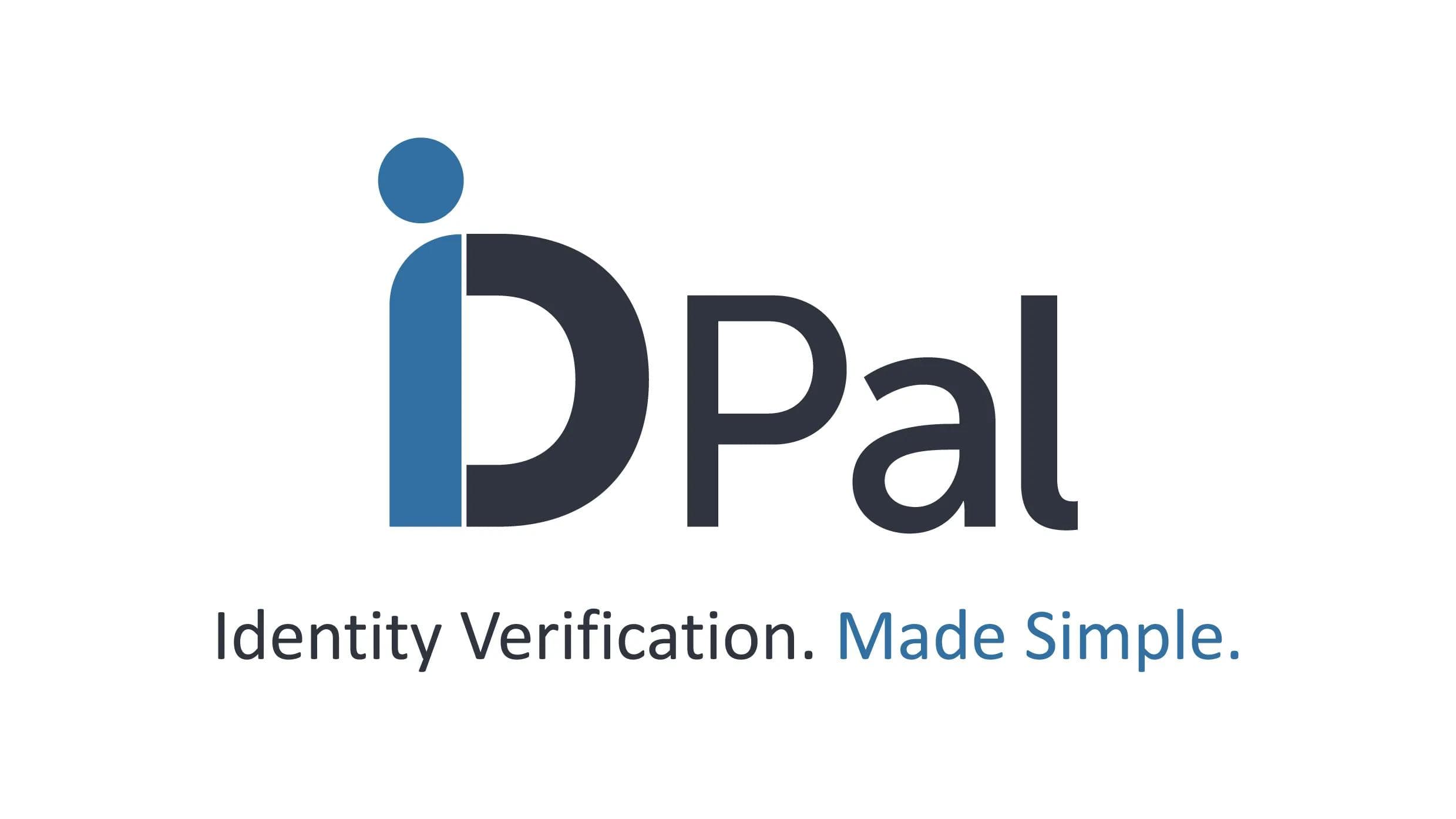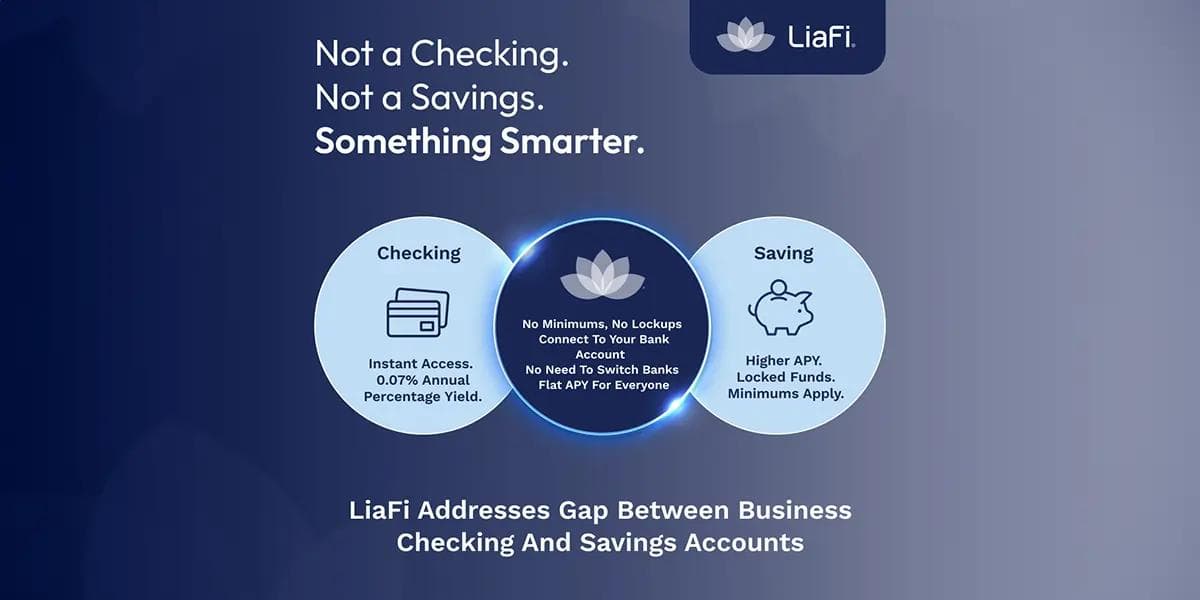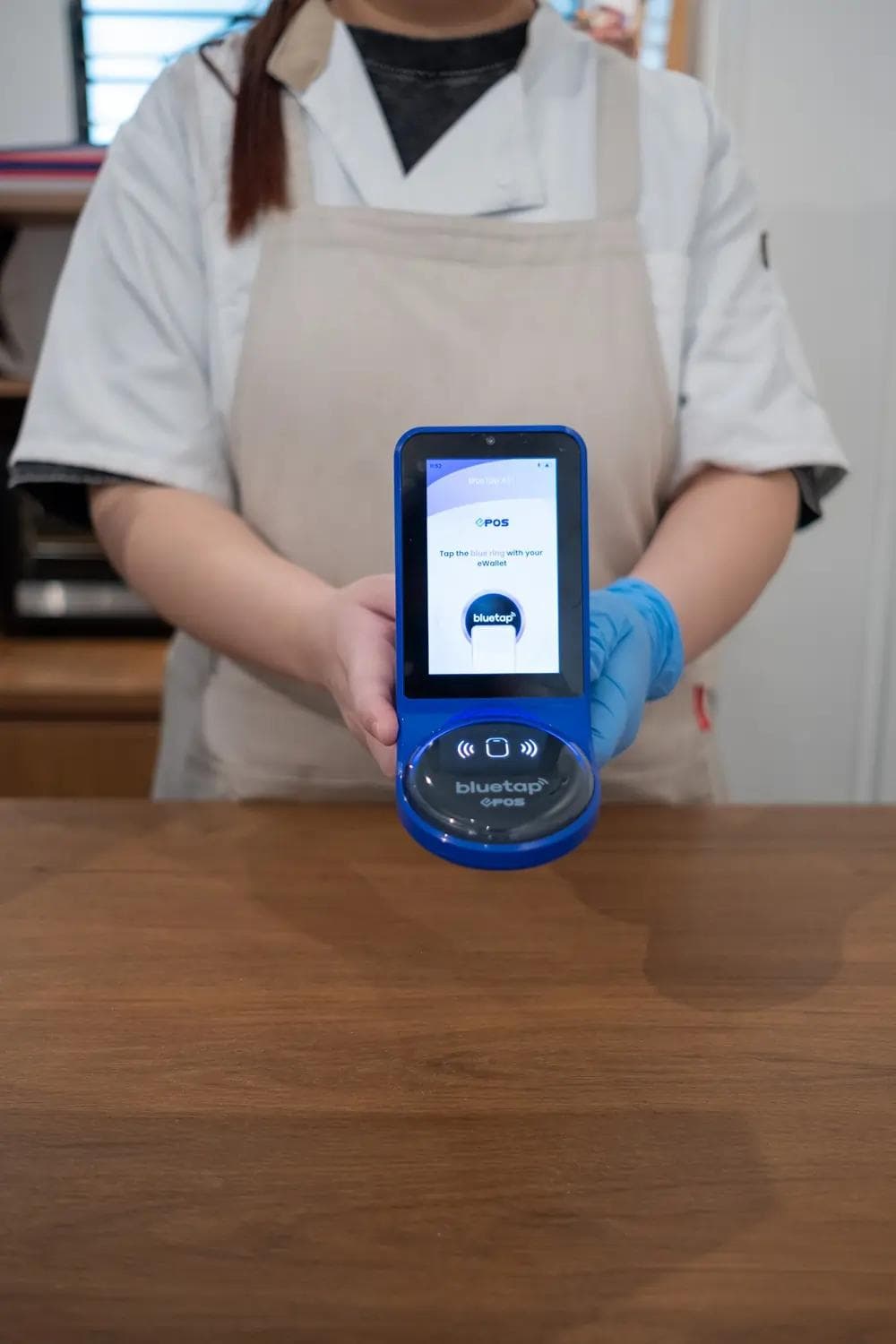CARD ISSUERS GET MORE ENGAGED WITH CUSTOMERS
CARD ISSUERS GET MORE ENGAGED WITH CUSTOMERS
Published by Gbaf News
Posted on October 28, 2016

Published by Gbaf News
Posted on October 28, 2016

Customers expect a high-level of service with their credit card issuer. VoiceSage Sales and Marketing Director, Steve Robertson, explains why that means card issuers must get much more proactive

Steven Roberston
From now on, any American bank that issues a Visa-branded card must give you the option to register for text alerts related to any transaction through that network, Interlink and Plus (the deadline for MasterCard is next April).
What’s the significance of this? The effect will be dramatic as the move has the potential to bring benefits to the entire payment ecosystem, plus deliver a lot of value to issuers and cardholders.
Recently discussing the new purchase alert system with a specialist US payments industry website, Rachna Ahlawat, EVP at Ondot Systems, noted that 41% of American adults would like to “proactively engage in managing their cards and card spend”. In addition, as she points out, “Alerts, when done right and with the right amount of information, help reduce the service cost… Any solution that delivers alerts for all types of transactions, in real-time, with the issuer brand name, not only lets the issuer meet the network requirements, but gives issuers control over the end user experience.” (http://www.pymnts.com/news/emv/2016/october-purchase-alert-mandate/)
It’s great that such an important part of the financial services industry as the card sector has woken up not just to the power of text, and to the important driver text actually represents: proactive customer engagement.
It’s further proof of how central proactive engagement is to the next wave of banking and digital life. As Ahlawat comments, “[Alerts] can be the best way to start the contextual conversation,” which matters, as “meaningful [interactions] is what makes [communication] interesting to cardholders.”
Real opportunities to better engage with your customers
Conversation and meaningful interaction are the watch words for this new style of proactive engagement. Until recently, companies have not been able to apply conversational approaches to their messaging, to adjust the flow and pacing in order to deliver better results.
That’s because for too long, SMS has been“fire and forget”, a communication medium used without too much intelligence. As a result, the timing of messages, the scope for getting an increased response via the personalisation of the content, or the ability to offer further options to the recipient were not fully explored.
There has also been a gap in the appreciation of SMS communications as a two-way communication that can form a new link between the customer and the agent. Creating this personal link between the communication and the person is very powerful, and SMS conversations can add significant value and positively impact customer experience, transforming the relationship from reactive to proactive.
As one of our customers, Vanquis Bank, which has started to exploit SMS messaging as a key part of its core collection strategy, has stated, “We’ve just started using this capability and it has been exceptionally well received by our customers.”In addition, an inbound call is often avoided. According to ContactBabel, the average cost of an inbound call is £3.55 so substantial budgets are saved.
Guided SMS can help spark up successful omnichannel interactions
So what is it these proactive communicators are doing?They’ve changed texting from “fire and forget” to “guided SMS conversations”, threading inbound SMS responses with outbound replies from the agent and determining how best to prompt customers to next steps.
In essence, SMS conversations engage customers in a one-to one text messaging session with an agent, much of which can be automated, and it has resulted in some very positive outcomes.And as Forrester has recently informed us, “Companies must integrate outbound communication technology into the contact centre to support scenarios where customers want to connect to an agent after receiving a message.”[1]
The point of proactive engagement is to use it as a way to strike up useful interactions with customers. Guided SMS conversation give great results, say our customers – and, when combined with other channels where the conversation can be resumed and deepened, it’s an approach that gives great results.
The bottom line is that you may be sending texts to customers, but if you are not being proactive enough about it or linking to other channels,in order to create a one-to-one in person conversation, you are missing the flow necessary to create conversation and engagement.
And as it’s proactive engagement that drives results, that’s important for any brand right now.
The author is Marketing and Sales Director at VoiceSage (www.voicesage.com), a leader in customer contact technology
[1] Forrester Research, The Future Of Customer Service (https://www.forrester.com/report/Trends+2015+The+Future+Of+Customer+Service/-/E-RES61372)
Customers expect a high-level of service with their credit card issuer. VoiceSage Sales and Marketing Director, Steve Robertson, explains why that means card issuers must get much more proactive

Steven Roberston
From now on, any American bank that issues a Visa-branded card must give you the option to register for text alerts related to any transaction through that network, Interlink and Plus (the deadline for MasterCard is next April).
What’s the significance of this? The effect will be dramatic as the move has the potential to bring benefits to the entire payment ecosystem, plus deliver a lot of value to issuers and cardholders.
Recently discussing the new purchase alert system with a specialist US payments industry website, Rachna Ahlawat, EVP at Ondot Systems, noted that 41% of American adults would like to “proactively engage in managing their cards and card spend”. In addition, as she points out, “Alerts, when done right and with the right amount of information, help reduce the service cost… Any solution that delivers alerts for all types of transactions, in real-time, with the issuer brand name, not only lets the issuer meet the network requirements, but gives issuers control over the end user experience.” (http://www.pymnts.com/news/emv/2016/october-purchase-alert-mandate/)
It’s great that such an important part of the financial services industry as the card sector has woken up not just to the power of text, and to the important driver text actually represents: proactive customer engagement.
It’s further proof of how central proactive engagement is to the next wave of banking and digital life. As Ahlawat comments, “[Alerts] can be the best way to start the contextual conversation,” which matters, as “meaningful [interactions] is what makes [communication] interesting to cardholders.”
Real opportunities to better engage with your customers
Conversation and meaningful interaction are the watch words for this new style of proactive engagement. Until recently, companies have not been able to apply conversational approaches to their messaging, to adjust the flow and pacing in order to deliver better results.
That’s because for too long, SMS has been“fire and forget”, a communication medium used without too much intelligence. As a result, the timing of messages, the scope for getting an increased response via the personalisation of the content, or the ability to offer further options to the recipient were not fully explored.
There has also been a gap in the appreciation of SMS communications as a two-way communication that can form a new link between the customer and the agent. Creating this personal link between the communication and the person is very powerful, and SMS conversations can add significant value and positively impact customer experience, transforming the relationship from reactive to proactive.
As one of our customers, Vanquis Bank, which has started to exploit SMS messaging as a key part of its core collection strategy, has stated, “We’ve just started using this capability and it has been exceptionally well received by our customers.”In addition, an inbound call is often avoided. According to ContactBabel, the average cost of an inbound call is £3.55 so substantial budgets are saved.
Guided SMS can help spark up successful omnichannel interactions
So what is it these proactive communicators are doing?They’ve changed texting from “fire and forget” to “guided SMS conversations”, threading inbound SMS responses with outbound replies from the agent and determining how best to prompt customers to next steps.
In essence, SMS conversations engage customers in a one-to one text messaging session with an agent, much of which can be automated, and it has resulted in some very positive outcomes.And as Forrester has recently informed us, “Companies must integrate outbound communication technology into the contact centre to support scenarios where customers want to connect to an agent after receiving a message.”[1]
The point of proactive engagement is to use it as a way to strike up useful interactions with customers. Guided SMS conversation give great results, say our customers – and, when combined with other channels where the conversation can be resumed and deepened, it’s an approach that gives great results.
The bottom line is that you may be sending texts to customers, but if you are not being proactive enough about it or linking to other channels,in order to create a one-to-one in person conversation, you are missing the flow necessary to create conversation and engagement.
And as it’s proactive engagement that drives results, that’s important for any brand right now.
The author is Marketing and Sales Director at VoiceSage (www.voicesage.com), a leader in customer contact technology
[1] Forrester Research, The Future Of Customer Service (https://www.forrester.com/report/Trends+2015+The+Future+Of+Customer+Service/-/E-RES61372)
Explore more articles in the Top Stories category











